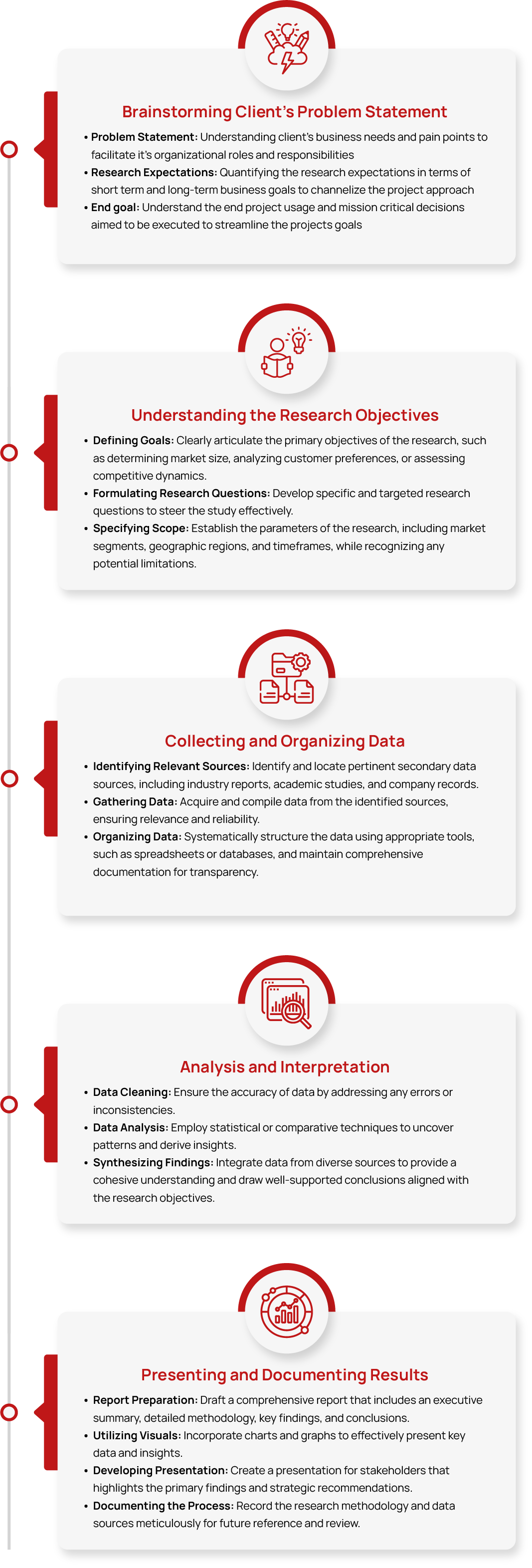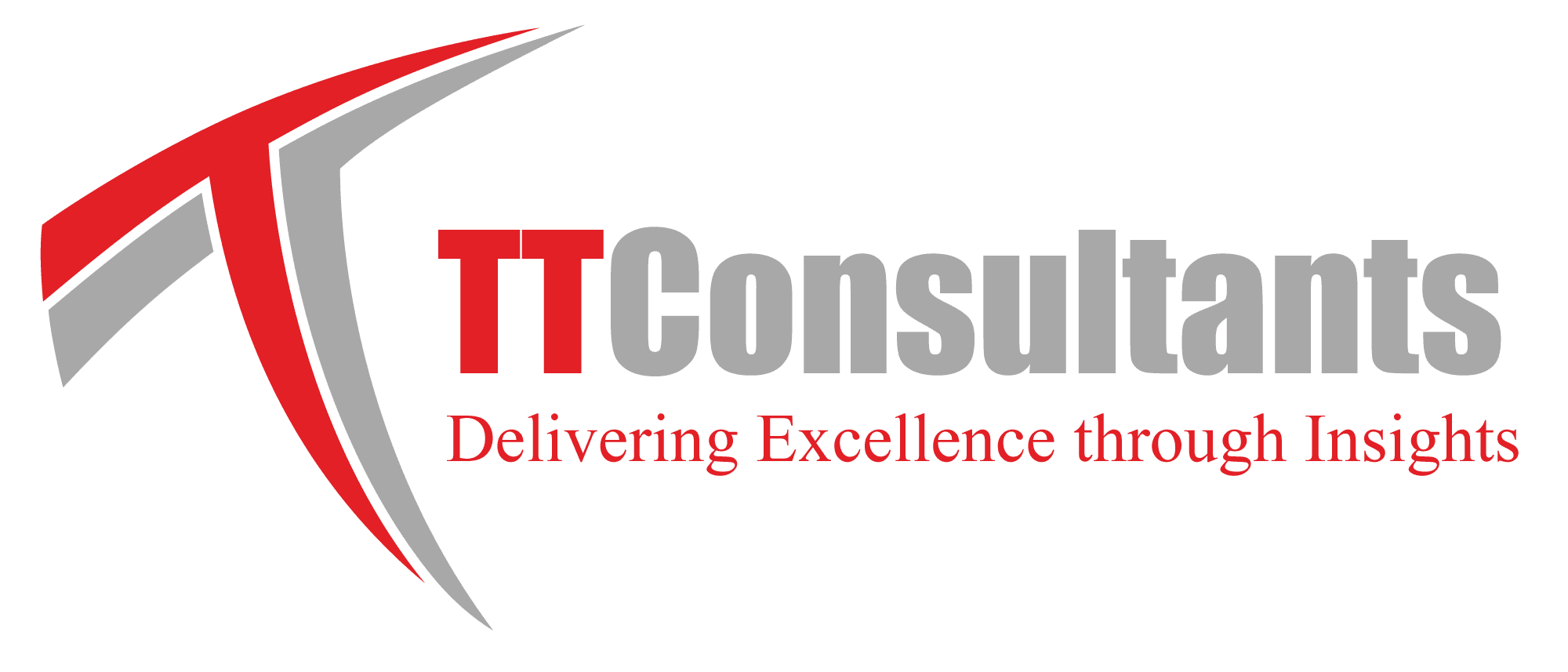Global Honey Market Size, Share, Growth & Trend Analysis Report, 2032
- Summary
- Market Landscape
- Methodology
- Table of Contents
Global Honey Market Size, Share Growth & Trend Analysis Report, By Nature of Processing (Organic, Conventional), By Distribution Channel (Hypermarkets & Supermarkets, Online, Others), By Region Forecasts, 2023 – 2032.
Honey is a natural sweet substance produced by honey bees from the nectar of flowers. It is widely consumed for its nutritional, medicinal, and culinary benefits. The honey market is expanding due to rising health consciousness, increasing demand for natural sweeteners, and growing applications in food, pharmaceuticals, and cosmetics.
The Global Honey Market was valued at approximately USD XX billion in 2024 and is projected to reach USD XX billion by 2032, growing at an estimated Compound Annual Growth Rate (CAGR) of around 5% during the forecast period from 2025 to 2032.
Industry Trends
The world honey market is seeing a rising preference for monofloral and specialty honey from around the world, driven by consumer interest in unique flavors and authenticity. Premiumization and traceability are shaping purchasing patterns across regions. One of the key factors driving the honey industry is the rising focus on health and wellness.
Honey in diets is valued for its vitamins, minerals, and antioxidants, making it a preferred choice for health-conscious consumers. The COVID-19 pandemic further increased demand for honey market products due to their antibacterial and immune-boosting properties.
Additionally, honey’s benefits in controlling blood pressure, reducing diabetes risk, and treating throat infections have led to its growing use in both food and medicine. However, the honey business faces challenges such as concerns over product authenticity and quality. Cases of adulterated or fake honey products entering the market have made consumers cautious.
Maintaining the purity of industrial honey and ensuring compliance with food safety regulations remain critical challenges for manufacturers. Additionally, fluctuating honey bee market production due to climate change and declining honey bees market populations can impact supply and pricing.
Industry Expert's Opinion:
- Liz Barbour, Ex-Chief Executive Officer, Cooperative Research Centre for Honey Bee Products (CRC)
“Particularly here in WA, you’re talking about some of the purest honey in the world, most of it from flowering forests and all of it free from agriculture chemicals – it’s extremely rare. But Australian honey across the board has been undervalued compared to honey from other countries and so one of the most important goals of the CRC was to produce outcomes for the industry that would help drive up the price of honey.”
- Cornelia Locher, Associate Professor, The University of Western Australia
“We looked at the non-sugar components of honey and we zoomed right into them because they are chemically often related to the nectar source, which has a specific signature. We used a technique known as High Performance Thin Layer Chromatography to separate the non-sugar constituents of honey. The beauty of this technique is that it’s quite visual and we produced fingerprints that present as bands of color, which is not only helpful from an authentication point of view but also a marketing tool.”
TT Consultants’ Perspective
The future of the honey market will be shaped by both opportunities and challenges. Growing demand for natural and organic sweeteners will drive sales, but issues like climate change, habitat loss, and declining honey bees could disrupt supply and increase costs. Honey analysis shows that adulteration remains a major concern, prompting stricter regulations and quality control measures, which may push smaller producers out of the honey manufacturing industry.
Additionally, competition from alternative natural sweeteners could slow honey market growth in certain segments. However, advancements in sustainable beekeeping, improved traceability, and increasing honey users preference for ethically sourced products could help stabilize the honey channel. While demand will likely remain strong, the global honey market's long-term growth will depend on addressing environmental and authenticity challenges effectively.
Market Segmentation
1. By Nature of Processing (Conventional Honey, Organic Honey, Convenience Stores)
Conventional honey dominates the world honey market with over XX% revenue share in 2024 due to its affordability and easy availability. Manufacturers are introducing new flavors to attract honey users in the honey industry. Its widespread use in food and beverages ensures consistent demand.
Organic honey is gaining popularity in the honey business, expected to grow at XX% CAGR, driven by demand for natural products. Higher nutritional value supports growth in the industrial honey segment.
2. By Distribution Channel (Hypermarkets & Supermarkets, Online Stores, Others)
Hypermarkets & Supermarkets hold over XX% of the global honey market share. These stores provide better product visibility and allow consumers to physically verify quality before purchasing. Retail giants like Walmart and Costco boost sales by offering a wide variety of honey brands under one roof. Promotional campaigns and discounts also contribute to higher sales. Online sales are growing rapidly, with a projected CAGR of XX% by 2032. Consumers prefer e-commerce due to convenience, doorstep delivery, and a vast selection of honey products.
The availability of customer reviews and flexible return policies also encourage online purchases. These small-format retail outlets cater to impulse buyers and consumers looking for quick and easy purchases. They offer a limited but essential selection of honey products, particularly single-serve packs and travel-friendly options.
1. By Region (Europe, Asia Pacific, North America, Latin America, Middle East and Africa)
With over XX% market share, Europe leads the global honey market, driven by growing disposable income and urbanization. Consumers in the region are shifting toward natural and organic products, further fueling demand. The presence of strong honey brands and well-established supply chains support sustained market growth. Asia Pacific is expected to witness the highest growth rate with a CAGR of XX% in the global honey market due to an increasing health-conscious population and rising spending on nutritious food products.
A growing millennial consumer base is embracing natural sweeteners over processed sugar. Countries like China and India are major honey producers, boosting regional market expansion. North America region is characterized by high demand for premium, raw, and organic honey products. A well-developed retail infrastructure, coupled with growing e-commerce adoption, supports market growth. Consumers are increasingly using honey as a natural sugar substitute in beverages, snacks, and home remedies.
Latin America rising awareness of honey’s health benefits and growing production capacities are driving market growth. The region is experiencing increased exports of honey to international markets. Government support for beekeeping and honey production further contributes to the expansion of the industry. In the Middle East & Africa region honey is a traditional dietary staple, contributing to its steady demand. The region is witnessing a surge in premium and organic honey consumption. Growing interest in honey’s medicinal properties and increased imports from major honey-producing countries support market expansion.
Competitive Scenario
The honey market is highly competitive, with a mix of global producers, regional beekeepers, and private-label brands vying for market share. Competition is driven by factors such as product quality, pricing, organic certification, and the growing demand for raw and unprocessed honey.
Major players focus on branding, sustainable beekeeping practices, and value-added products like flavored and medicinal honey to differentiate themselves. Adulteration and counterfeit honey remain key challenges, leading to stricter regulations and increased consumer awareness. The rise in e-commerce and direct-to-consumer sales channels has further intensified competition, allowing smaller producers to reach niche markets. Additionally, shifting consumer preferences toward organic and ethically sourced honey are shaping the competitive landscape.
Key competitors in the global honey market are Beeyond the Hive, Barkman Honey LLC, Dabur India Ltd., Capilano Honey Ltd., New Zealand Honey Co., Streamland Biological Technology Ltd., Oha Honey LP, Billy Bee Honey Products, Little Bee Impex, and Dutch Gold Honey, Inc., among others.
Recent Developments and Strategic Activities:
- In November 2024, Wisdom Natural Brands, known for its SweetLeaf Stevia products, acquired Canada-based Drizzle Honey. Drizzle specializes in raw honey and honey-infused products free from added sugars and preservatives. This acquisition aims to expand Wisdom Natural's product portfolio in the natural sweetener market.
- In October 2023, the Timaru-based honey producer acquired a stake in Oha Honey LP, merging Oha's brand and sales assets with TMC.
- In July 2023, Comvita Limited revealed its acquisition of the specialist honey retailer HoneyWorld Singapore and its consumer brands. This move will boost Comvita's market share in the Mānuka honey category in Singapore to approximately 50%.
- In March 2023, Bagrry's India, a leading name in the Indian breakfast cereals and health food market, introduced Bagrry's Organic Wild Honey. The brand is recognized for its diverse product lineup, including oats, mueslis, cornflakes, muesli bars, nut butter, and bran.

Please fill out the form to request the ToC and gain access to detailed insights in the report.
Request Table of Contents







